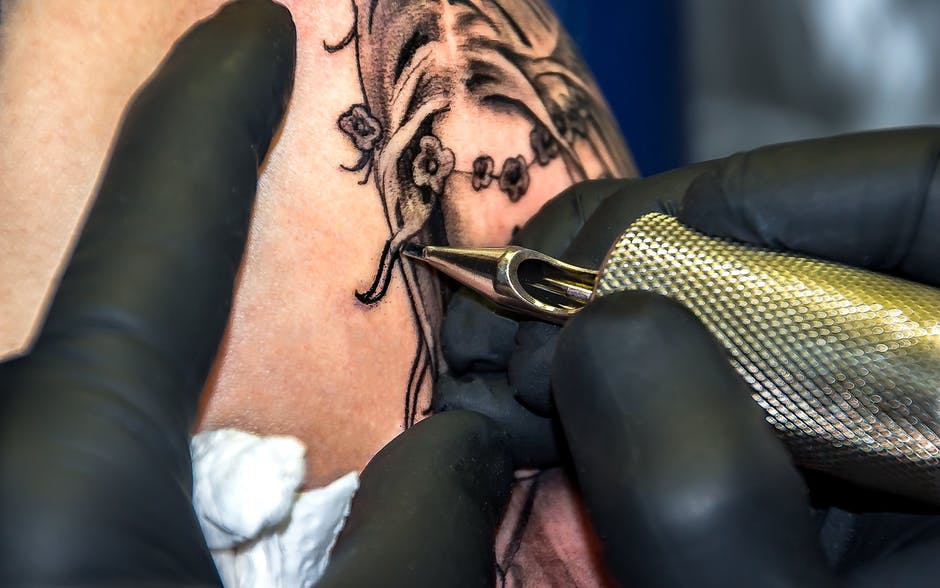Introduction
Tattoos have transcended their historical and cultural boundaries, evolving from symbols of tribal affiliation and societal hierarchies to become celebrated forms of personal expression and artistry. In recent years, the movement advocating for the freedom to adorn one’s body with tattoos has gained significant momentum. The phrase “Let Them Tattoo” encapsulates this movement, emphasizing the importance of individual autonomy in choosing to embrace this ancient and captivating art form. This article delves into the multifaceted aspects of tattooing as a means of self-expression, delving into its historical roots, cultural significance, evolving societal perceptions, and the role of tattoos in shaping personal identity.
Historical Context
Tattooing, one of the oldest forms of body modification, has been practiced across cultures for centuries. From the intricate patterns of Polynesian tribes to the mystical designs of ancient Egyptians, tattoos have held diverse meanings – from spiritual beliefs to cultural affiliations. In some societies, tattoos were used to denote social status or rites of passage. Over time, tattoos also bore the marks of rebellion and counterculture, becoming associated with subcultures that defied societal norms.

Cultural Significance
Tattoos have been an integral part of various cultural identities. In Maori culture, traditional tattoos called “moko” are imbued with cultural narratives and symbolize one’s place within the community. In Japan, irezumi (traditional Japanese tattoos) tell stories of historical and mythical significance. Indigenous communities worldwide continue to use tattoos to preserve their heritage and communicate their beliefs to future generations. By advocating for the freedom to tattoo, we celebrate cultural diversity and respect for these deeply rooted traditions.
The Shifting Paradigm
Societal perceptions of tattoos have undergone a remarkable transformation. Once stigmatized as symbols of deviance or associated with criminality, tattoos are increasingly recognized as legitimate forms of self-expression. Celebrities, athletes, and public figures sporting elaborate tattoos have played a role in normalizing body ink. The “Let Them Tattoo” movement aligns with a broader cultural shift towards embracing diversity and individualism, reinforcing the idea that people should be free to choose how they present themselves to the world.
Artistry and Identity
Modern tattooing has transcended its historical roles to become a canvas for personal stories and artistic creativity. Tattoo artists are celebrated as skilled artisans who collaborate with clients to bring their visions to life. The body becomes both the medium and the message, allowing individuals to express their emotions, beliefs, and life experiences in a visually compelling manner. Tattoos become a reflection of one’s journey, encapsulating moments of triumph, loss, and transformation.

Challenges and Considerations
While the “Let Them Tattoo” movement champions personal freedom, it’s important to acknowledge that cultural appropriation and misrepresentation can arise if tattoos with deep cultural significance are adopted without understanding their origins. Additionally, there may be professional and societal contexts where visible tattoos are still met with resistance, prompting individuals to consider potential consequences before getting inked.
Conclusion
The “Let Them Tattoo” movement is a call for liberation and self-expression through the ancient art of tattooing. As the boundaries of societal norms expand, the movement advocates for the autonomy to embrace body ink as a canvas for personal stories, cultural heritage, and artistic creativity. Tattoos have evolved from their historical roots to become powerful tools for shaping and communicating individual identities. By embracing this movement, we celebrate the diverse stories that adorn our bodies and honor the timeless tradition of tattooing.

